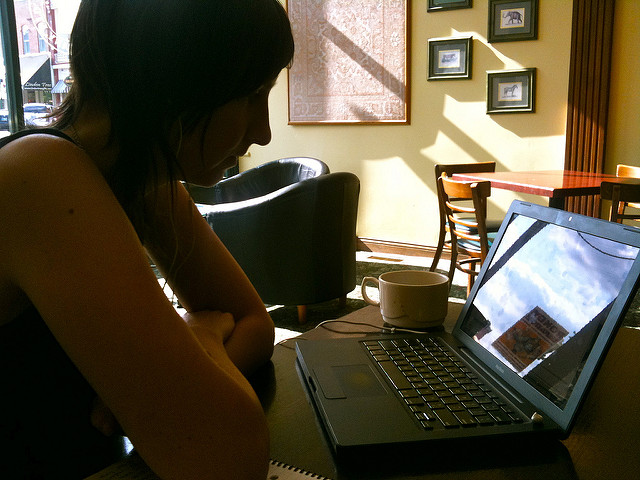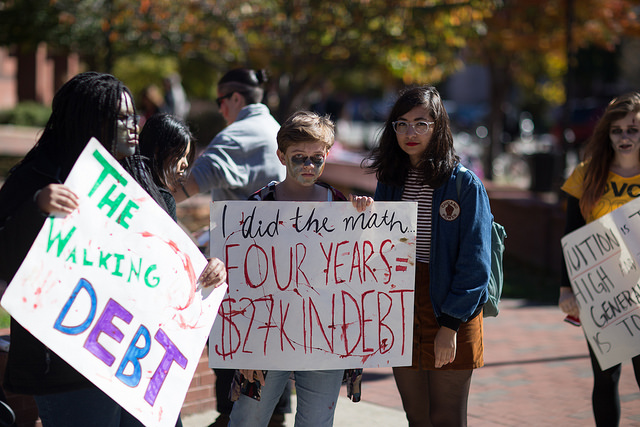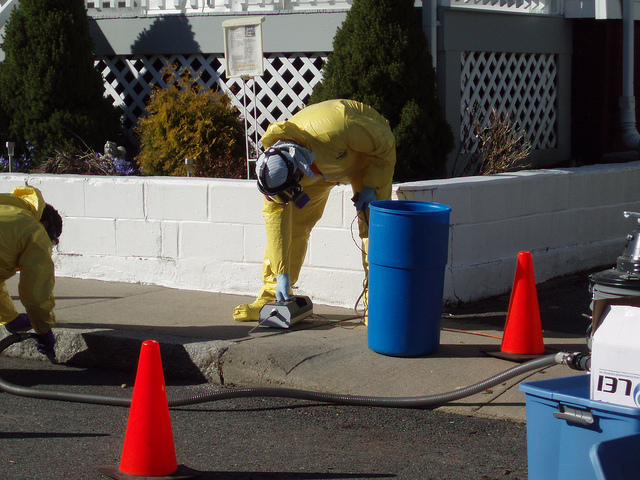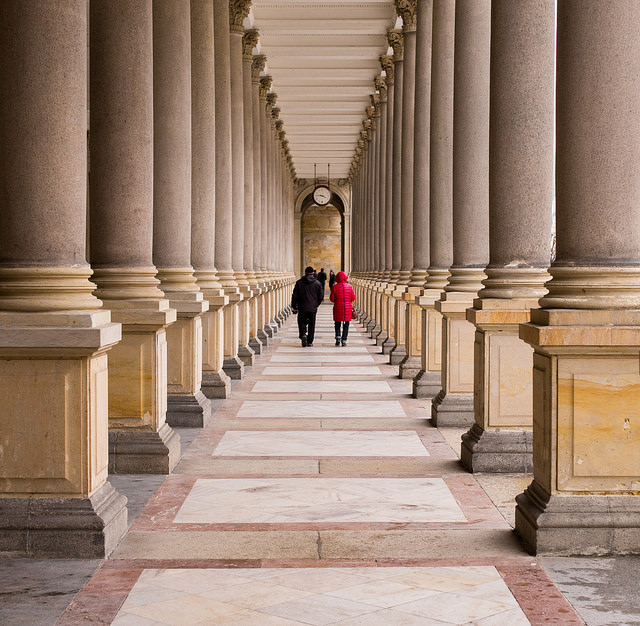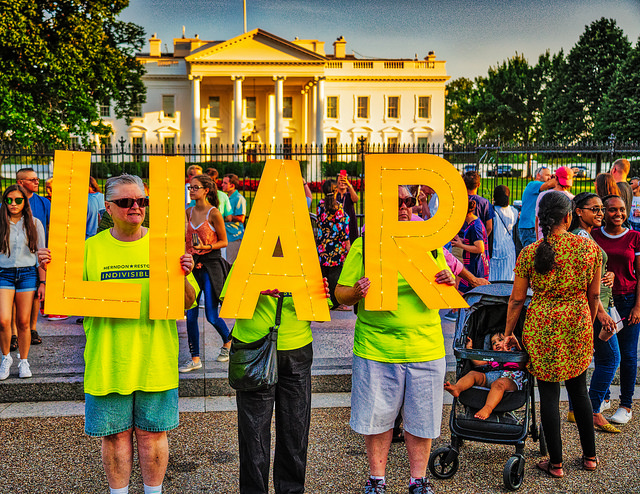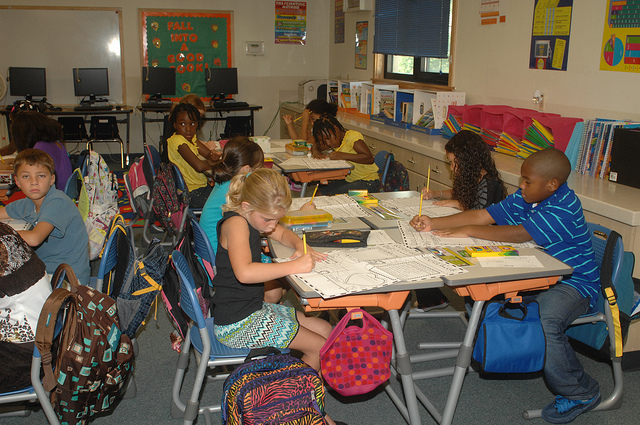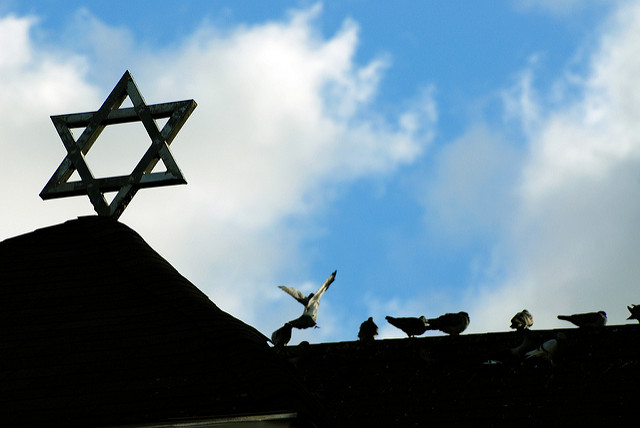
The mass shooting at the Tree of Life Synagogue has been characterized as the deadliest attack on Jewish people in U.S. history, and mourning services continued last week and over the weekend for the shooting victims. In a recent article for The Conversation, Jeff Gruenewald and William Parkin discuss how the recent rise in violence against religious minority communities is often tied to far-right extremist conspiracies and ideological beliefs.
The authors argue that while violent crimes targeting religious minorities and institutions have been on the rise in recent years, it’s nothing new. Far-right extremism has existed in the United States for more than a century and motivated many of these crimes. Gruenewald and Parkin explain further:
“Unfortunately, it’s not new for far-right extremists to vilify non-white, non-Anglo-Saxon and non-Protestant religions. Judaism has endured most of their ideological rage and conspiratorial paranoia…Their dogma claims, falsely, that globalist Jews have infiltrated the government and other U.S. institutions, and that Jews and non-whites pose an existential threat to the white race.”
Using data from the U.S. Extremist Crime Database, they demonstrate that since 1990, far-right extremists have commited 217 ideologically motivated homicides, nineteen of which targeted religious institutions or individuals. While there are many examples of far-right extremist violence that have not been religiously motivated, such as the Oklahoma City bombing, the authors indicate that far-right extremist violence against religious minorities — especially places of worship — appears to be on the rise since 2010. And beyond these cases,there is evidence of over 100 failed or foiled plots against Jewish institutions or individuals between 1990 and 2014.
While mass shootings and extremist violence are rare events, Gruenewald and Parkin’s research demonstrates that there are some disturbing patterns in far-right extremism and its connections to mass violence. The authors conclude with the need to prevent far-right radicalization,
“We believe countering divisive narratives with different viewpoints informed by evidence on what works to prevent radicalization is more productive than aggravating wounds with politicized rhetoric. As Americans, we must speak openly about the perils of white supremacy, anti-Semitism and both the rhetorical and real dehumanization of those we perceive as unlike us. Those wielding political power and influence need to publicly and clearly condemn acts of violence by extreme far-rightists and the ideologies underpinning this form of domestic terrorism.”

